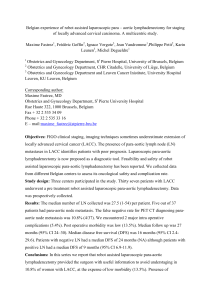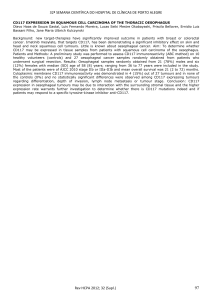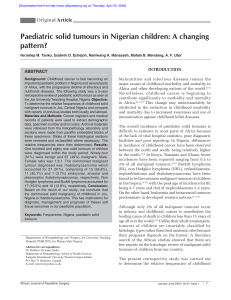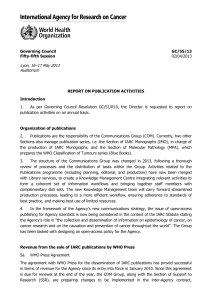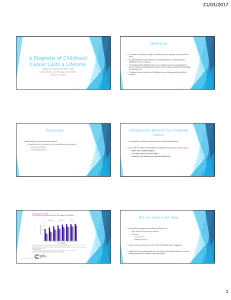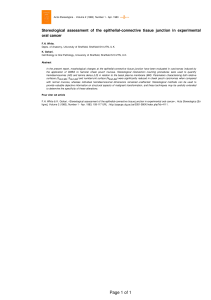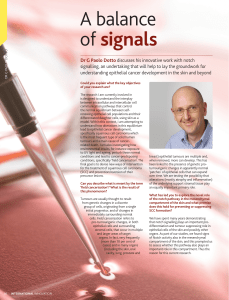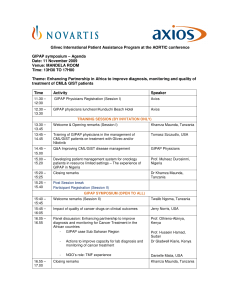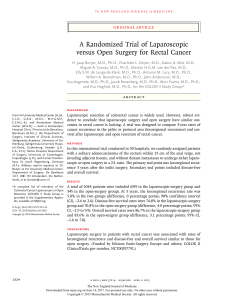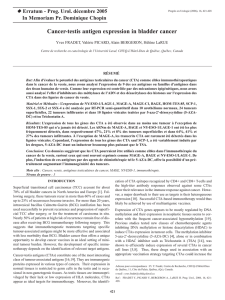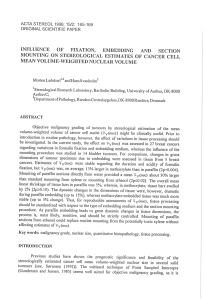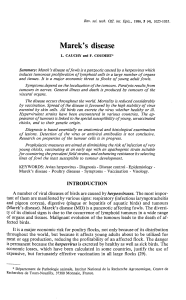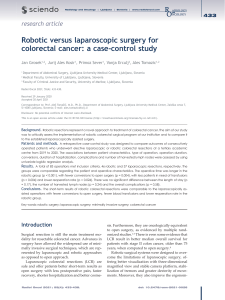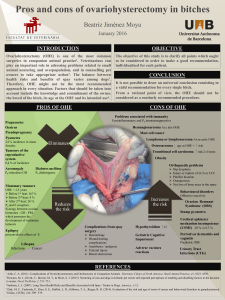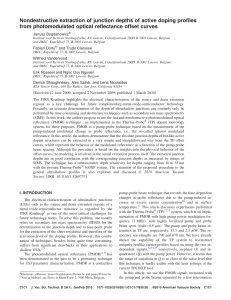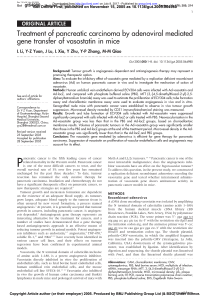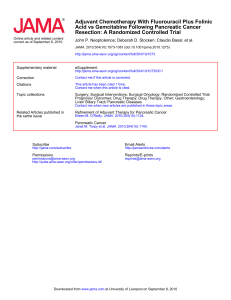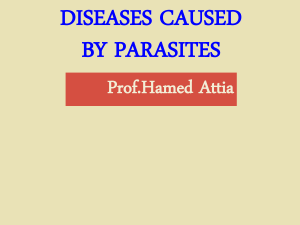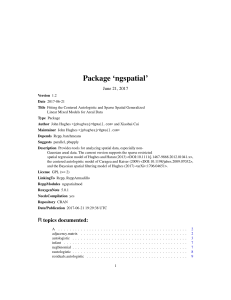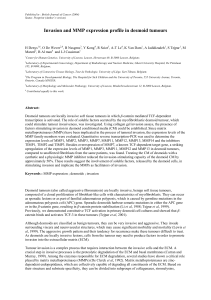32ª SEMANA CIENTÍFICA DO HOSPITAL DE CLÍNICAS DE PORTO ALEGRE
publicité
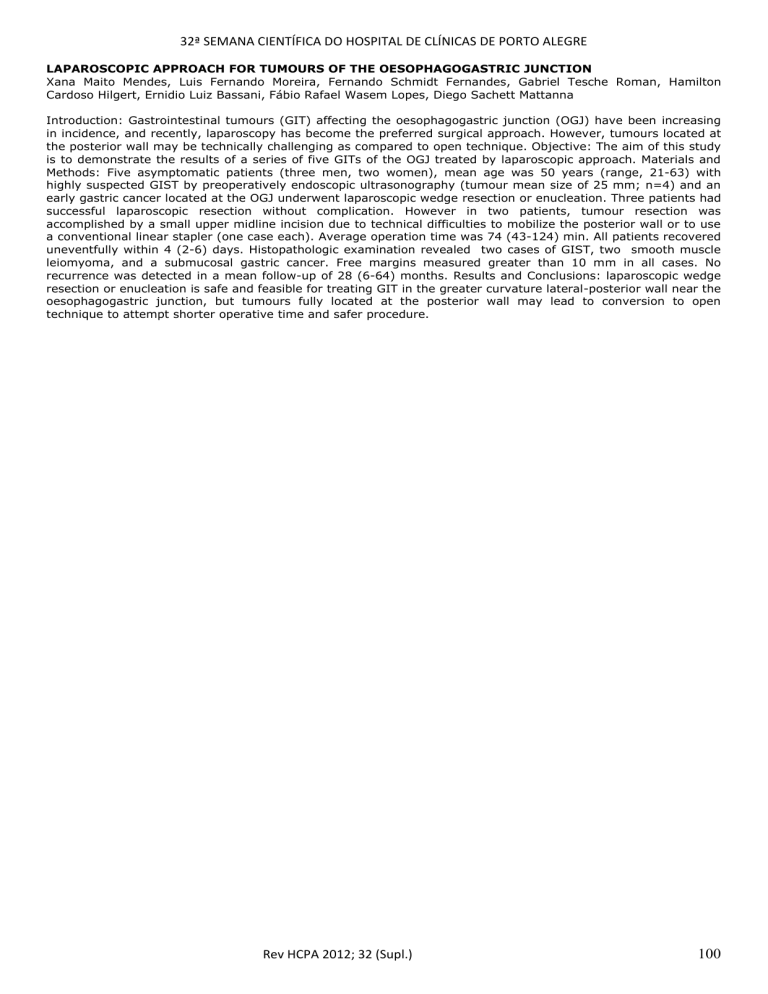
32ª SEMANA CIENTÍFICA DO HOSPITAL DE CLÍNICAS DE PORTO ALEGRE LAPAROSCOPIC APPROACH FOR TUMOURS OF THE OESOPHAGOGASTRIC JUNCTION Xana Maito Mendes, Luis Fernando Moreira, Fernando Schmidt Fernandes, Gabriel Tesche Roman, Hamilton Cardoso Hilgert, Ernidio Luiz Bassani, Fábio Rafael Wasem Lopes, Diego Sachett Mattanna Introduction: Gastrointestinal tumours (GIT) affecting the oesophagogastric junction (OGJ) have been increasing in incidence, and recently, laparoscopy has become the preferred surgical approach. However, tumours located at the posterior wall may be technically challenging as compared to open technique. Objective: The aim of this study is to demonstrate the results of a series of five GITs of the OGJ treated by laparoscopic approach. Materials and Methods: Five asymptomatic patients (three men, two women), mean age was 50 years (range, 21-63) with highly suspected GIST by preoperatively endoscopic ultrasonography (tumour mean size of 25 mm; n=4) and an early gastric cancer located at the OGJ underwent laparoscopic wedge resection or enucleation. Three patients had successful laparoscopic resection without complication. However in two patients, tumour resection was accomplished by a small upper midline incision due to technical difficulties to mobilize the posterior wall or to use a conventional linear stapler (one case each). Average operation time was 74 (43-124) min. All patients recovered uneventfully within 4 (2-6) days. Histopathologic examination revealed two cases of GIST, two smooth muscle leiomyoma, and a submucosal gastric cancer. Free margins measured greater than 10 mm in all cases. No recurrence was detected in a mean follow-up of 28 (6-64) months. Results and Conclusions: laparoscopic wedge resection or enucleation is safe and feasible for treating GIT in the greater curvature lateral-posterior wall near the oesophagogastric junction, but tumours fully located at the posterior wall may lead to conversion to open technique to attempt shorter operative time and safer procedure. Rev HCPA 2012; 32 (Supl.) 100
